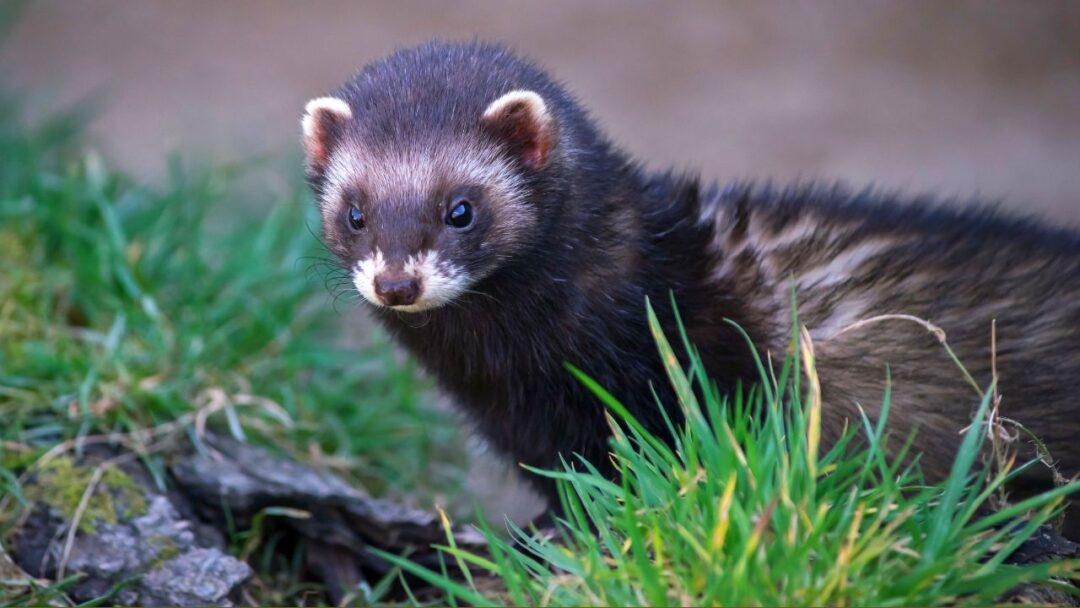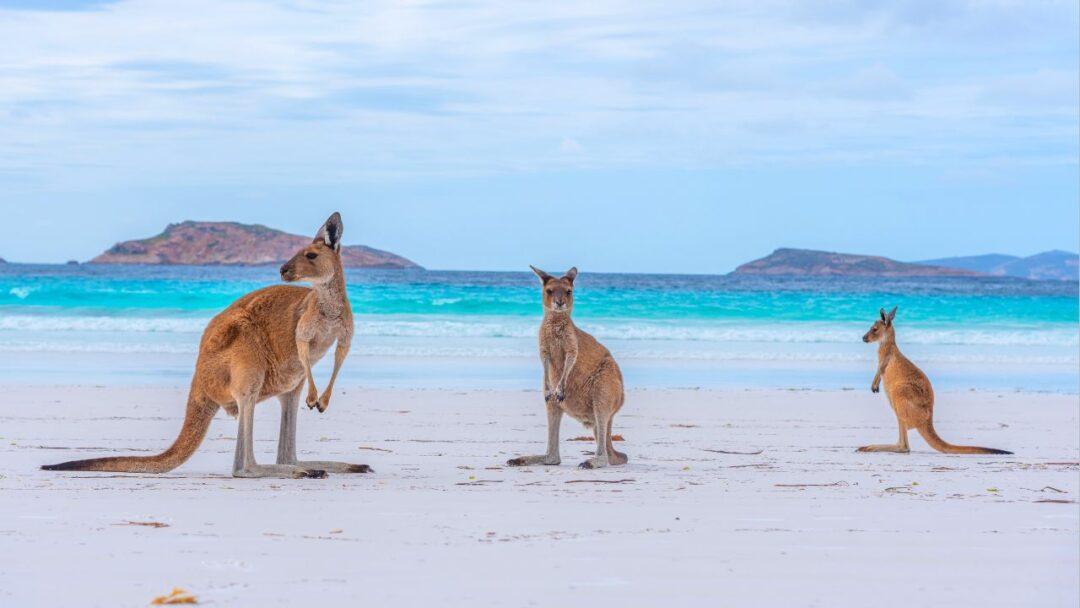Table of Contents

Introduction
Prepare to enter the fascinating world of marmots, where hidden wonders and fascinating information await. This essay will go into ten undiscovered and amazing facts about these colorful critters, while also researching each marmot species. We will also reveal mysterious characteristics, debunk myths, and throw light on their significance in the environment. So, let’s go on this one-of-a-kind marmot journey together!
10 Untold or Unbelievable Facts About Marmots
- Olympic Champions: The Olympic marmot, named after the Olympic Mountains in Washington state, holds the title for being the largest marmot species. Weighing up to 20 pounds, these impressive marmots showcase the true essence of strength.
- Social Butterflies: Marmots are highly social animals and form tight-knit communities. They engage in complex vocalizations and use various body postures to communicate with one another effectively.
- World Travelers: Unlike most marmot species, the hoary marmots have been known to roam across vast distances. These intrepid travelers can cover up to 25 miles during their seasonal migrations.
- The Underground Architects: Marmots are skilled diggers, constructing intricate burrow systems that serve as their homes and protection from predators. Some burrow networks can span over 30 meters in length!
- Alpine Acrobats: When it comes to mountainous regions, the yellow-bellied marmots are true acrobats. They possess incredible agility, leaping from rock to rock with astonishing precision.
- Whistling Wonders: Many marmot species emit a distinctive high-pitched whistle to alert their fellow colony members of potential danger. This behavior has earned them the nickname “whistle pigs.”
- Arctic Adaptations: The Arctic marmots have mastered the art of thriving in harsh conditions. Their dense fur, combined with a higher metabolic rate, helps them endure freezing temperatures and fierce winds.
- Groundhog Day Misconceptions: Groundhogs are a type of marmot, but their annual forecasting abilities on Groundhog Day are purely folklore. However, this day has undoubtedly brought marmots into the spotlight.
- Precocious Pups: Marmot offspring, known as pups, are born with their eyes wide open. This unique trait allows them to navigate their surroundings more easily and learn essential survival skills quickly.
- Conservation Champions: Marmots play a crucial role in their ecosystems. As herbivores, they help control vegetation growth, promoting plant diversity. Additionally, their burrows provide shelter for various other animals.
Mysterious Facts and Myths
Marmots have captivated human imagination for centuries, giving rise to mysterious tales and myths. Here are a couple of intriguing aspects surrounding these creatures:
- Marmots are thought to have supernatural qualities in several cultures and are related with divination and weather forecasting.
- A myth holds that eating marmot flesh will extend one’s life and heal various ailments, leading to illegal hunting of these species in some areas.
Importance to Ecosystem
Marmots play an important role in their different habitats. Their herbivorous diets serve to keep the ecology balanced by regulating plant growth. Their burrows provide security from predators and adverse weather conditions for other animals.
What is a marmot?
Marmots are medium-sized rodents that are related to squirrels. They are distinguished by their big bodies, short legs, and bushy tails. Marmots are common in hilly areas and are known for their unusual digging activity.
Where do marmots live?
Marmots are mostly found in mountainous regions of the world, such as North America, Europe, and Asia. They enjoy grassy meadows, rocky slopes, and alpine locations as their habitat. Marmots can be found at high altitudes and are well-adapted to frigid climes.
What do marmots eat?
Marmots are herbivores, which means they eat mostly plants. Their diet consists primarily of grasses, herbs, leaves, flowers, and, on rare occasions, fruits or seeds. Marmots spend the summer months busy foraging and accumulating food in preparation for winter hibernation.
How do marmots communicate?
Marmots communicate by using vocalizations, body postures, and scent marking. To warn their colony members of impending risks, they blow high-pitched whistles. Scent marking is also used by marmots to establish territories and announce their presence to other animals.
Do marmots hibernate?
Yes, marmots do hibernate. As winter comes, they withdraw to their burrows and go into hibernation. Their body temperature decreases and their metabolism slows dramatically during this time. They can conserve energy and withstand the harsh winter circumstances by hibernating.
How long do marmots hibernate?
Marmots usually hibernate for several months, from late autumn until early spring. The length of their hibernation varies according to species and geographic area. Marmots can hibernate for up to 7-8 months in some situations, emerging from their tunnels as the weather warms.
Are marmots social animals?
Yes, marmots are gregarious animals that typically reside in colonies or family groupings. These communities are made up of a dominant breeding pair and their children from prior years. They cooperate by sharing burrows, grooming each other, and keeping an eye out for predators.
Do marmots have predators?
Natural predators of marmots include wolves, coyotes, foxes, eagles, and huge birds of prey. Their burrowing nature provides some protection, but they are still vulnerable to these predators. Marmots rely on vigilant whistle calls and attentiveness to warn the colony of impending danger.
Are marmots endangered?
While not all marmot species are endangered, certain species are under threat of extinction. For example, the Vancouver Island marmot is critically endangered due to a limited population size. Some of the causes contributing to the reduction of some marmot populations include habitat loss, climate change, and predation.
Can marmots be kept as pets?
Marmots are wild animals that should not be kept as pets. They have unique environmental and food requirements that are difficult to meet in a household setting. To guarantee their conservation and well-being, it is critical to respect their natural habitat and appreciate them from a safe distance.
Conclusion
As we near the end of our wonderful voyage through the world of marmots, we’ve learned fascinating and previously unknown elements of these critters. Marmots have definitely captivated our imagination, from their social behavior and astonishing adaptations to the stories that surround them. Their ecological importance cannot be emphasized, as they shape their ecosystems and provide habitat for a variety of animals. Marmots are an important element of the natural world, and they deserve our respect and care.
10 Amazing Facts About Wolves : NEXT POST




